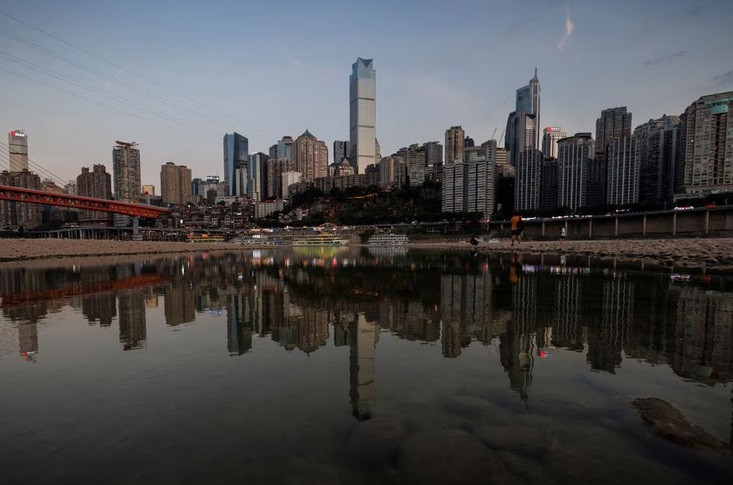
In late May, Chinese officials unveiled plans to build a national “water network” with new canals, reservoirs and storage facilities to boost irrigation and reduce the risk of drought and flooding.
Water Resources Minister Li Guoying said the plan would help “unblock major channels” of the river system by 2035, enhancing China’s ability to balance water supply distribution.
However, experts say the measure is not only expensive and environmentally disruptive, but also leaves areas in the south of the country vulnerable to water supplies and requiring additional infrastructure to handle it.
“What they have done so far is use engineering solutions to supply water and fix the water problem,” said Professor Mark Wang of the University of Melbourne in Australia. “If China can reduce water use and increase efficiency, it will not need superconductivity projects.”
Although this year's drought is not expected to be as severe as in 2022, weather forecasters have warned that central and southwestern China could suffer, Reuters reported.
China’s per capita water resources are far below the world average and redistribution is uneven. China relies heavily on large-scale infrastructure to transfer water from the south to the north. Beijing is seeking engineering solutions to address the supply problem in the long term.
Local governments have encouraged water consumption reduction, wastewater recycling and pollution treatment upgrades. In addition, China has embarked on more than 100 diversion projects in the past five years.
Part of the new project involves expanding the North-South Water Diversion Project (SNWDP), an ambitious project to divert water from the Yangtze River to the Yellow River basin to the north.
The Chinese government has said the project is crucial to optimizing water supplies and has diverted over 60 billion cubic meters of water. However, the water flows in only one direction, so it won’t be much help during the 2022 drought.
But experts worry that China is only shifting the deficit by relying on large-scale replenishment projects. Professor Mark Wang said megaprojects like the SNWDP and the Three Gorges Dam have triggered a “chain reaction” of unintended consequences that require billions of yuan in new projects to fix. In one example, the diversion of water from the north through the Danjiangkou reservoir has reduced downstream water levels on the Han River, forcing authorities to propose another 60 billion yuan project to connect Danjiangkou to the Three Gorges Dam.
Professor Mark Wang believes that alternatives such as wastewater recycling, desalination or reducing water demand could be more effective. He notes that with 60% of China’s water supply used for agriculture , changing crops or using alternative irrigation methods could increase water efficiency.
Source


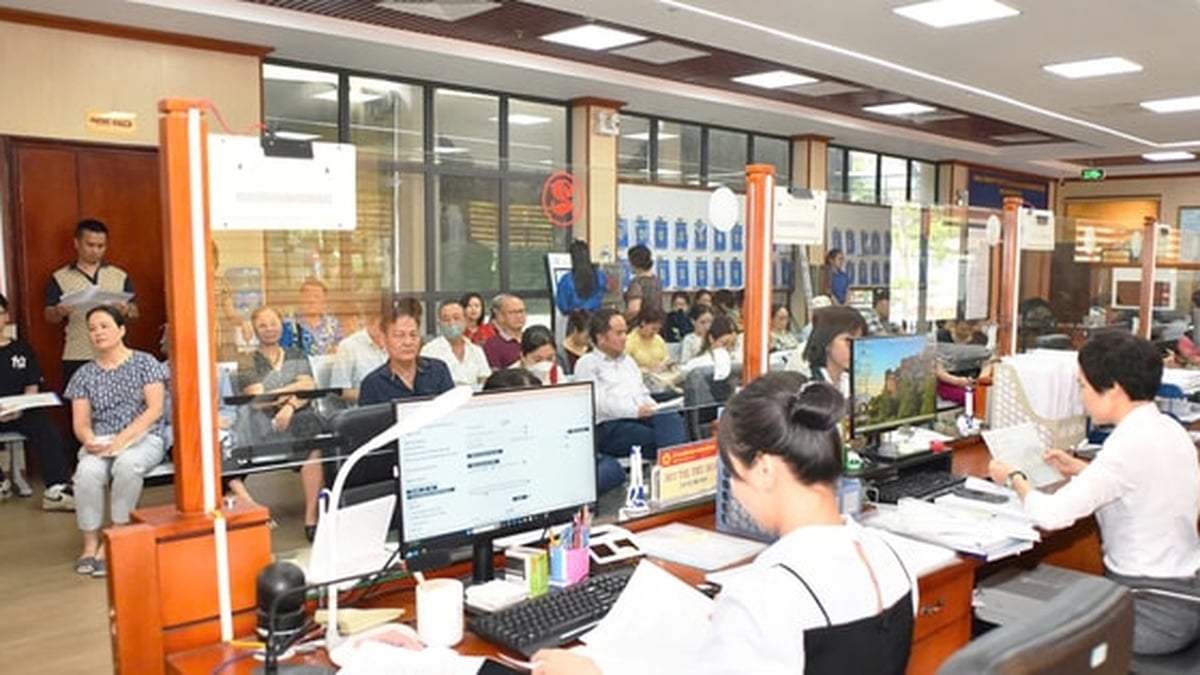


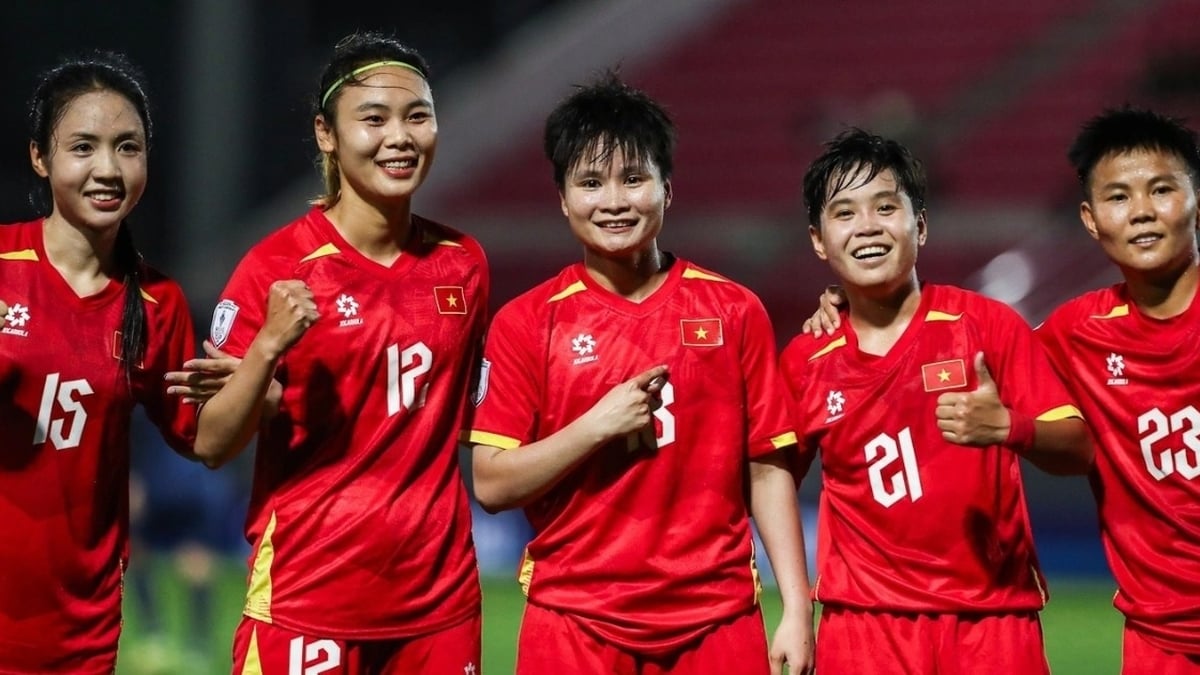





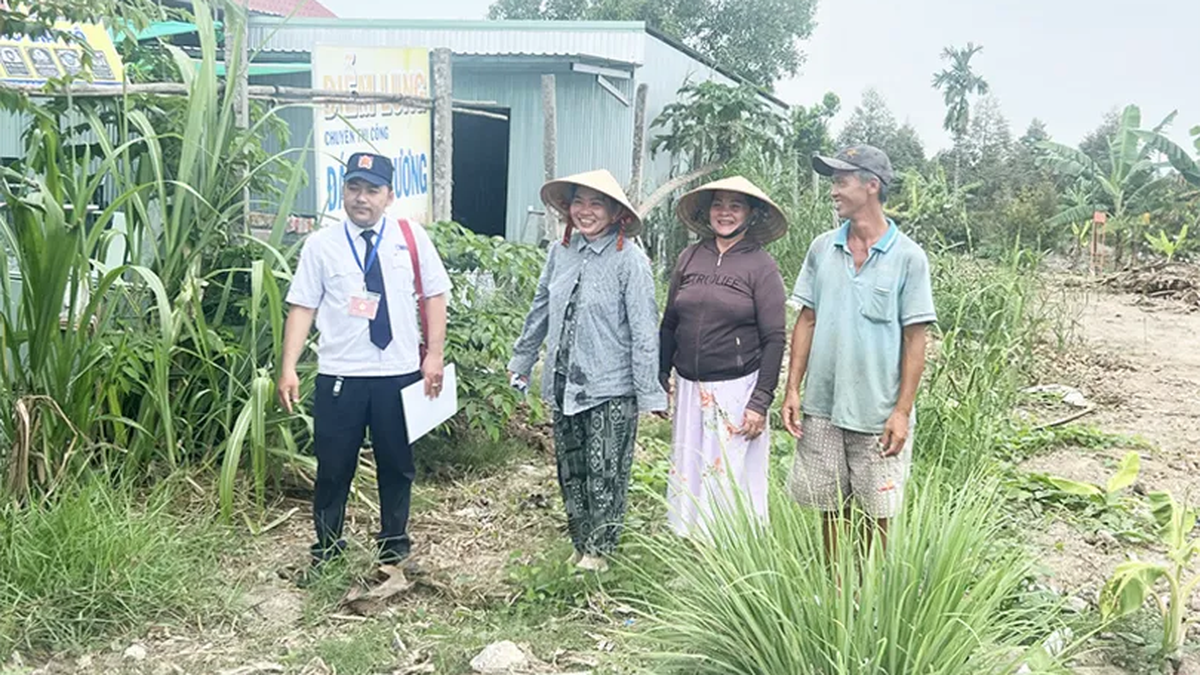











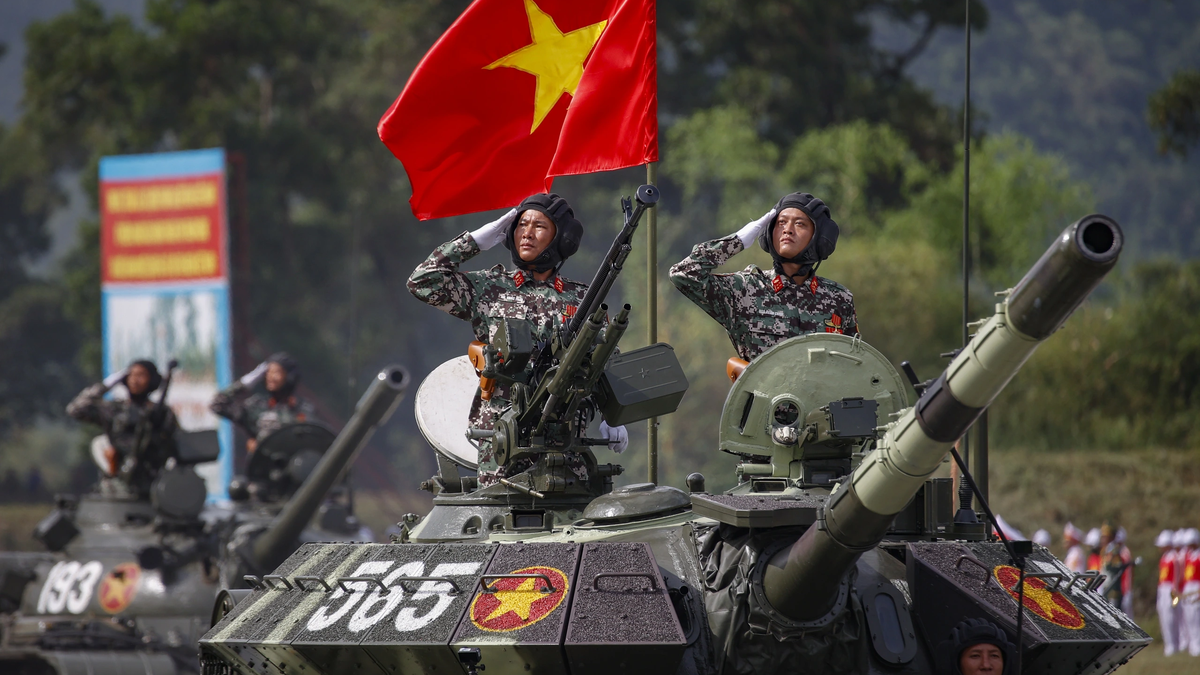

![[Photo] Nghe An: Provincial Road 543D seriously eroded due to floods](https://vphoto.vietnam.vn/thumb/1200x675/vietnam/resource/IMAGE/2025/8/5/5759d3837c26428799f6d929fa274493)

![[Photo] Discover the "wonder" under the sea of Gia Lai](https://vphoto.vietnam.vn/thumb/1200x675/vietnam/resource/IMAGE/2025/8/6/befd4a58bb1245419e86ebe353525f97)































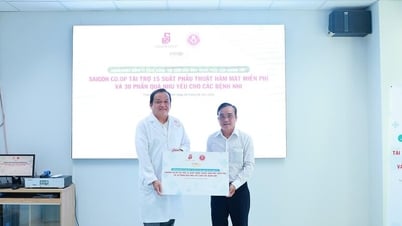












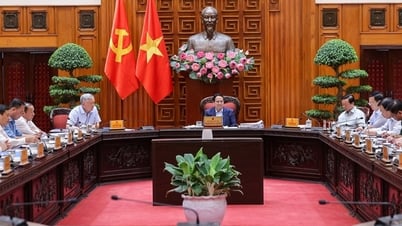
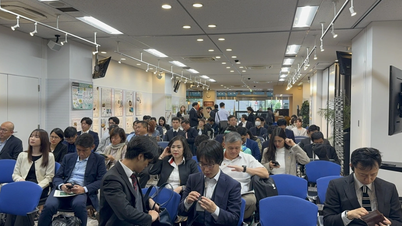
























Comment (0)